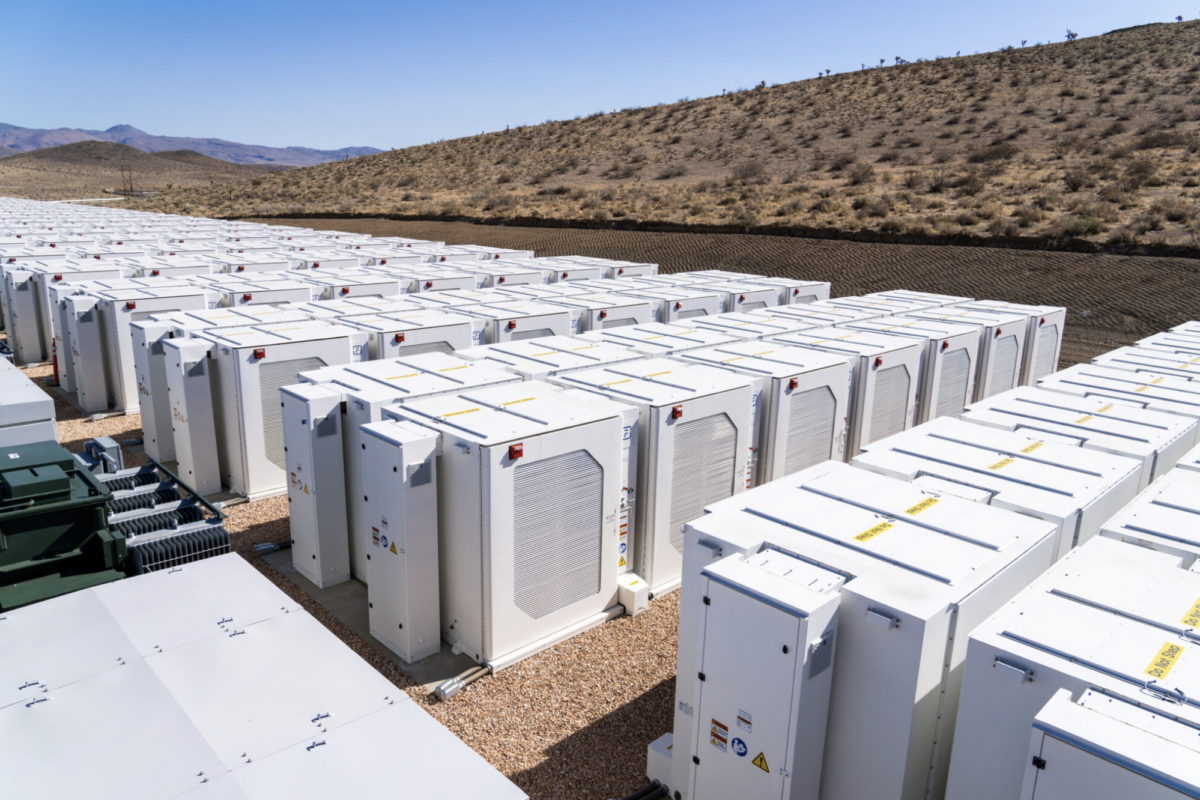A source at China’s National Energy Association has told pv magazine the authorities in Beijing are set to kick-start the nation’s dormant rooftop solar market by setting a 3 GW quota for 2019.
If confirmed, that would equate to around 600,000 household systems qualifying for a subsidy which a participant at yesterday’s FIT talks in the capital said would be set at CNY0.18/kWh ($0.027) for this year. Such systems would be eligible for that payment on top of whatever fee they are paid by local power companies for their exported energy.
The rooftop market has been in deep freeze since the Chinese government announced its plan to curtail central subsidies, on May 31 last year.
With the news expected to be confirmed before the Chinese new year holidays begin on February 4, rumors about the quota and subsidy levels saw solar shares leap in China today, with GCL Solar seeing an 8% rise in its stock and Sungrow a 10% improvement.
pv magazine’s source at yesterday’s subsidy talks said participants had agreed on a FIT payment of CNY0.10/kWh for distributed generation other than residential, with the tariff set to decrease by CNY0.01 at the start of each quarter after it is confirmed.
For utility-scale projects, tariffs of CNY0.4/kWh, CNY0.45 and CNY0.55 are expected to be set, with the payment level dependent on the sunshine resources enjoyed by a particular region. The most generous utility-scale FIT would apply to the populous east and south of the huge nation, with the CNY0.45 payment applied in the northeast, west and southwest, and the lowest payment level earmarked for the north and far northwest. A special rate would apply to Tibet.
In the case of utility-scale projects, the tariff set is the total price received by project developers.
This article was amended on 25/01/19 to indicate the rooftop and other DG subsidy is a payment on top of the agreed market price for power whereas the utility-scale tariff is the full payment developers receive.
This content is protected by copyright and may not be reused. If you want to cooperate with us and would like to reuse some of our content, please contact: editors@pv-magazine.com.



This source linked below is reporting the same FIT numbers, but claims there will be an upper limit to the subsidies that’s 81.6% below the subsidy level of 2018. Is this correct?
https://www.digitimes.com/news/a20190124PD203.html
The upper limits of total CNY3bn was under violent controversy in first round and it seemed not discussed in the second round. Most participants believe this sharp cut will do great harm to the industry. It is hard to say whether this will come true.
Hi Vincent – how do the Chinese accommodate for the variability of solar production please? What energy storage technologies (if any) are being deployed to accommodate the solar variability? Anything at grid level? If on average the 600,000 homes are fitted with 5kW systems how many are paired with batteries please? And is the Chinese Government subsidising storage at all?
The energy storage is still in early stage compared with PV market. With support from government, different types of energy storage were encouraged to deploy in power generation and also grid level. For residential rooftop PV, no statistic so far shows how many customers used battery but personally I don’t believe there were too many. China government still not provided any direct subsidy policy to storage market but only with guiding policies.